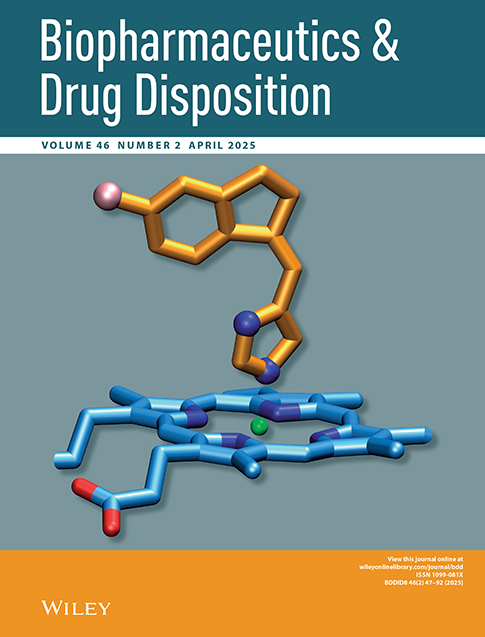Preparation and evaluation of micro-porous ethylcellulose capsule as oral sustained-release preparation of theophylline
Abstract
Micro-porous ethylcellulose (EC) membrane capsules were prepared by dissolving polyvinylalcohol (PVA) particles from membranes which were made of a mixture of EC (a water-insoluble polymer). The pore size was approximately 400 μm. Since the dissolution rate of theophylline from the micro-porous EC membrane capsules was fast, gel-forming polymer, poly(acyclic) acid (Carbomer), was incorporated inside the capsule at 10, 20 or 30 mg. Using test capsules containing 100 μm of theophylline, in vitro dissolution studies were performed. By including Carbomer in capsule formulations, the dissolution rate of theophylline was decreased. However, there were not significant differences in dissolution rates between preparations containing the three different amounts of Carbomer. In vivo evaluation studies using beagle dogs showed that AUC, Cmax and Tmax were inversely proportional to the formulated amount of Carbomer. The capsule containing 20 mg of Carbomer gave plasma theophylline concentrations between 5 and 15 μg mL−1, which reflect levels within the therapeutic window. The effect of food intake on the pharmacokinetics of theophylline was also studied with the same capsule. Food increased AUC, Cmax and Tmax, although plasma theophylline levels were maintained within the therapeutic range. © 1998 John Wiley & Sons, Ltd.




